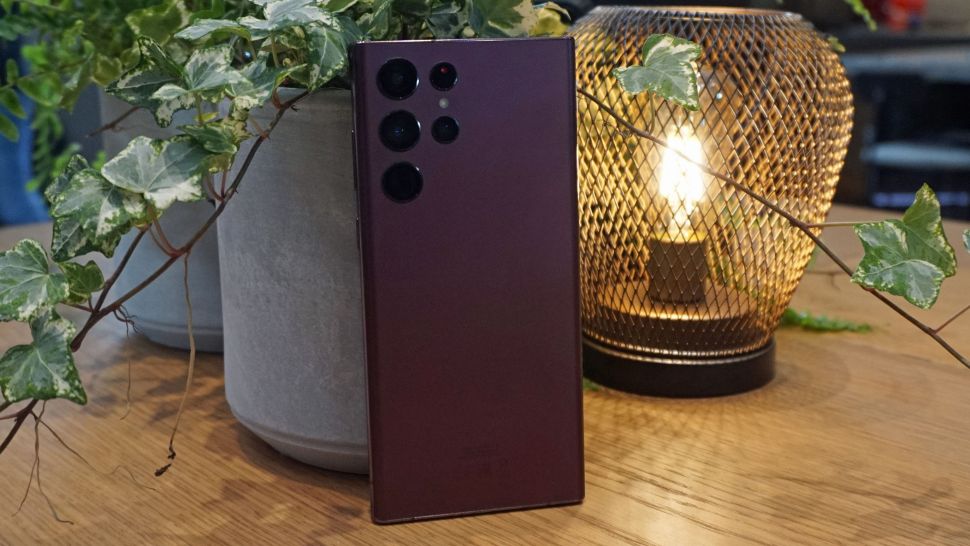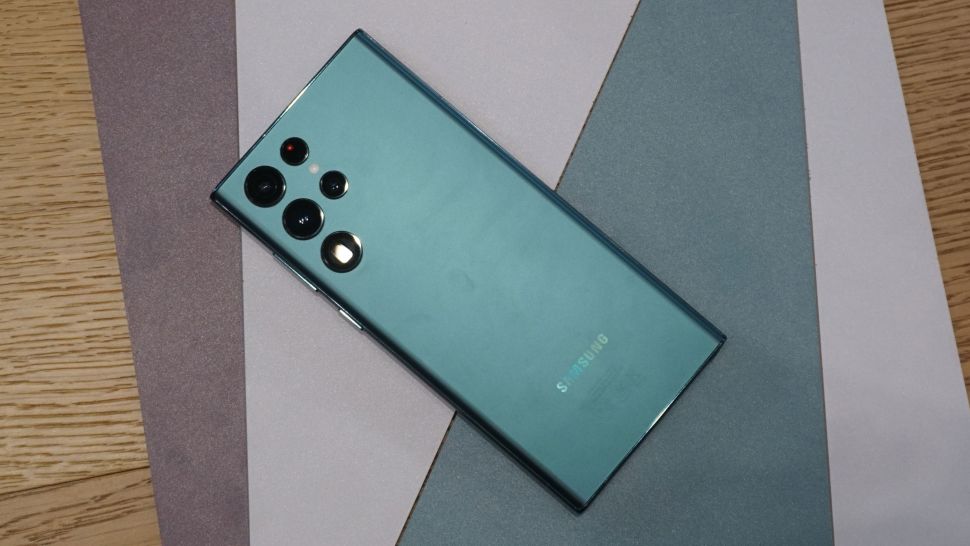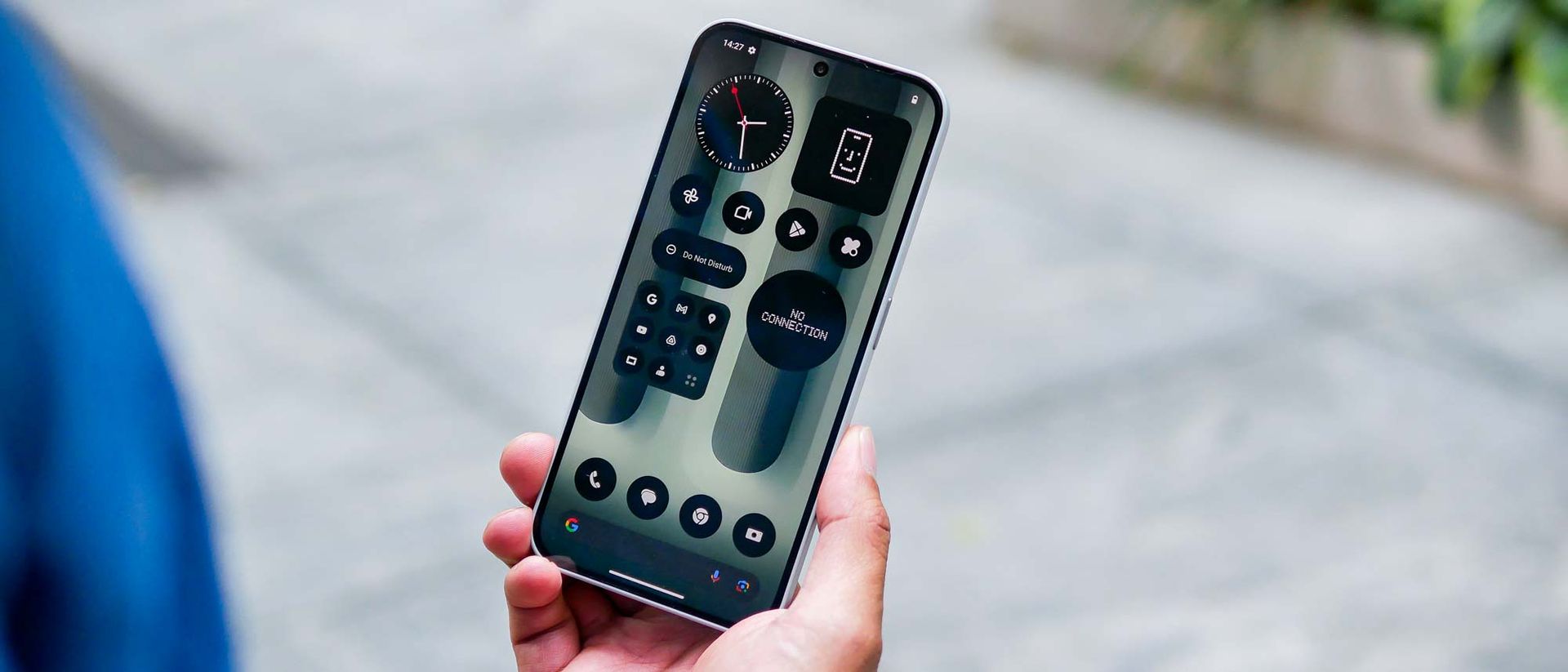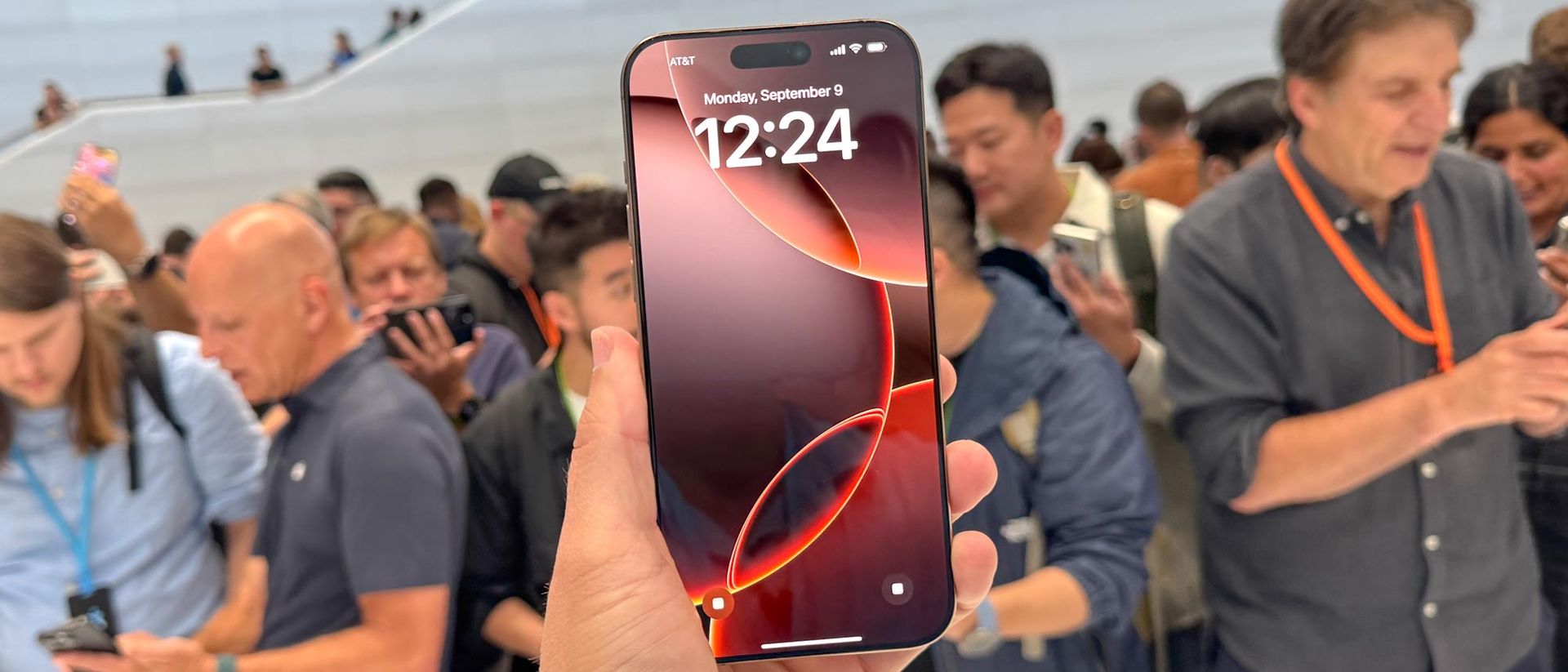Trade in Samsung Galaxy S22 Ultra
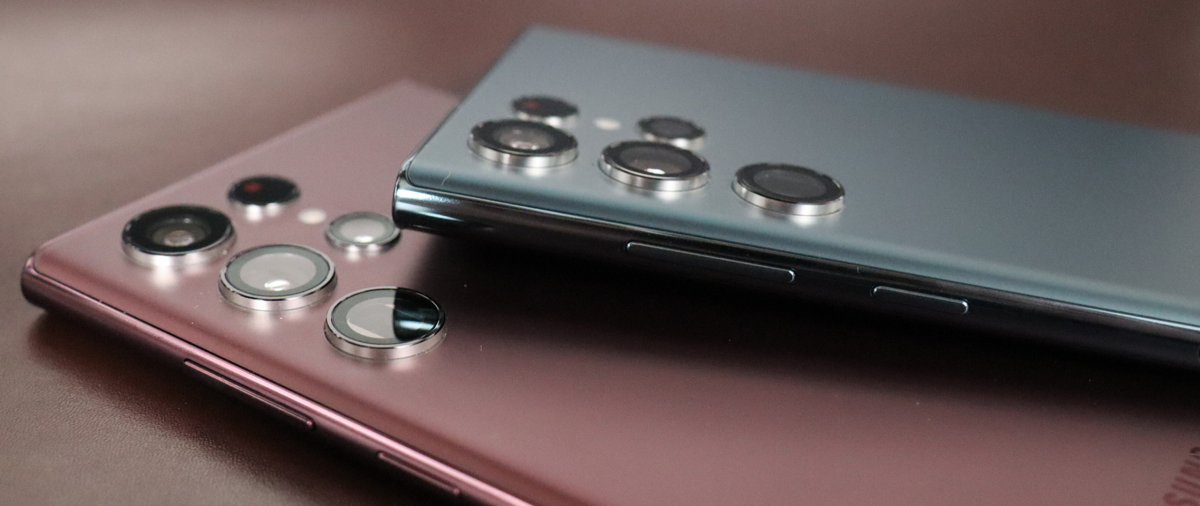
(Image credit: TechRadar)
Two-minute review
If we were to judge the Samsung Galaxy S22 Ultra on nothing but its cameras and, in particular, the optical and digitally-enhanced zoom capabilities, we might call it the best smartphone ever.
It’s not, of course – every handset is the sum of its design, features, components, utility, and value – but taken as a whole, this Samsung Galaxy Series-Galaxy Note hybrid is an excellent, albeit massive Android handset that not only ticks all the important boxes, but delivers more features than you may ever want or use.
The design is an echo of, but also more forward-leaning than, Samsung’s last Note device. It really is a hybrid. There will be no complaints about the ultra-high-resolution, 6.8-inch screen, which offers brilliant colors and smooth motion at 120Hz, but is smart enough to stop down all the way to 1Hz, when that’s all you need, to save on battery life.
The camera array is strong. Sure, it’s not a complete overhaul of the Galaxy S21’s camera system, but that was already pretty darn good. This is arguably better – the Optical and Space Zooms are simply marvels of modern technology.
We also love the thin and light S Pen, and we’re thrilled that it’s finally integrated – literally – into the Galaxy line. It does so many things so well, and for productivity-focused mobile users it could be a godsend.
We are Tradelectronics, licensed second-hand electronics dealer located in Sydney CBD, experts in trading used laptops, old cameras & lens, and used mobile phones. Fast, Reliable & We Pay More! Get a free quote on your favourite WhatsApp, Facebook, SMS & Email, instant reply!
| Click icon for WhatsApp Quote | Click icon for facebook Quote |
 |
 |
- We are open from Mon – Sat 12pm – 7pm
- Get your free quote from WhatsApp and Messenger are highly recommended, we can guide you through in finding the accurate specs for your laptops, cameras & lens, mobile phones as well. As such we can provide a more precise quote for you.
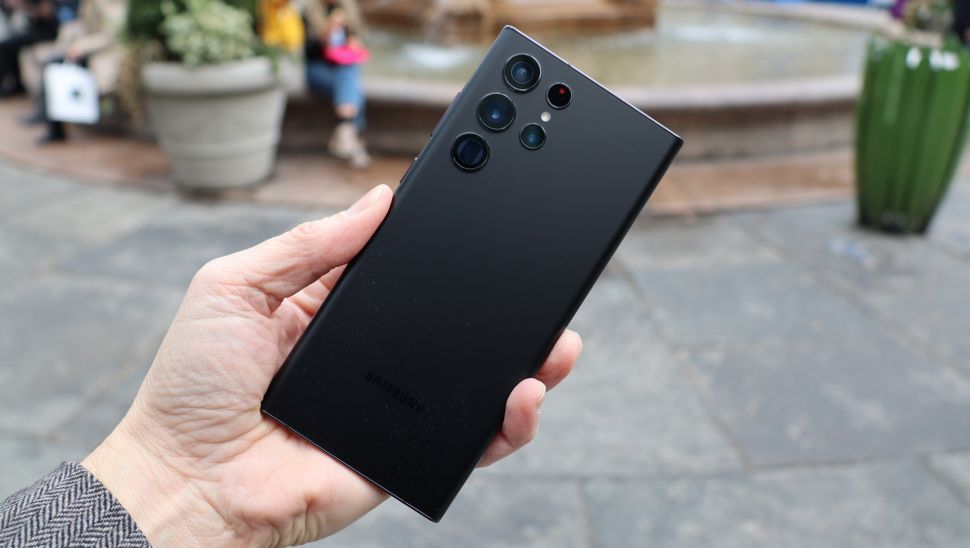
Samsung Galaxy S22 Ultra’s back is black, satin Gorilla Glass Victus+ (Image credit: Future)
Samsung’s One UI 4.1 software is mostly good, even if it does create some duplication of browsers, photos, and messages apps. Other tools, like Expert Raw, a freely downloadable Samsung app that gives you full access to all the camera controls and lets you capture and save RAW format photos, and the video-conferencing app Google Duo, which both do an excellent job of showing off the phone’s power and versatility, are the real highlights here.
Performance-wise, the Samsung Galaxy S22 Ultra’s 4nm Qualcomm Snapdragon 8 Gen 1 processor acquits itself nicely (no, it doesn’t beat Apple’s A15 Bionic). The point is, we couldn’t find a single app that was sluggish or disappointing on the mobile monolith.
Battery life was more of a mixed bag. We did get a full day of solid use (18 hours or so), but we thought we might get more out of the massive 5,000 mAh battery and high-performance, energy-efficient CPU.
Ultimately, though, this is the kind of device that can make you forget what’s come before it. If you were used to a smaller-screen device, you’ll feel cramped if you ever go back to it. If you struggled in the past to take photos of the moon, you’ll wonder why Apple hasn’t figured this out yet. If you wished that your device had just a little more power to complete those raw image-editing tasks, your wish has been granted.
Part of Samsung’s new S22 lineup, but looking nothing like its siblings, the Galaxy S22 Ultra is to the casual observer a Galaxy Note in a shiny, new coat. It does have a much bigger and bolder camera array (lifted pretty much intact from the S21 Ultra), but it’s otherwise a canny adjustment of the Note aesthetic or, as Samsung might call it, the “Note Experience.”
- Read our hands on Samsung Galaxy S22 review
- Read our hands on Samsung Galaxy S22 Plus review
- Read our hands on Samsung Galaxy Tab S8 and S8 Plus review
- Read our hands on Samsung Galaxy Tab S8 Ultra review
Samsung Galaxy S22 Ultra release date and price
A device that combines the best of Samsung’s S Series and the Note’s more industrial design and capabilities doesn’t come cheap. The Samsung Galaxy S22 Ultra starts at $1,199.99 / £1,149 / AU$1,849 for 128GB storage and 8GB of RAM.
There are naturally bigger storage options (that also include more RAM), which can take you all the way to a 1TB model ($1,599.99 / £1,499 / AU$2,449 ). 256GB will run you $1,299,99 / £1,249 / AU$1,999, and 512GB is $1,399.99 / £1,329 / AU$2,149.
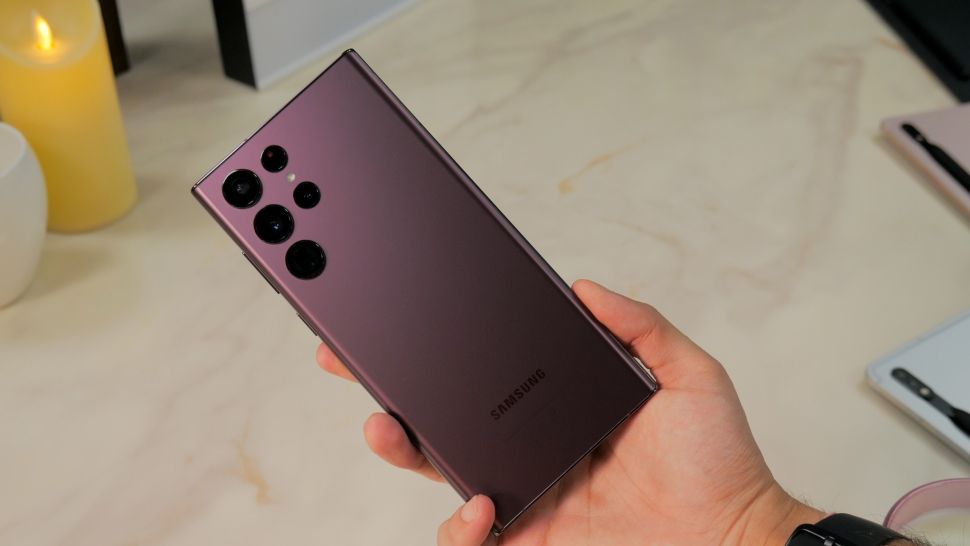
(Image credit: Future)
Choose your storage options wisely, because none of the S22 phones come with a microSD card slot for upgrading your storage space.
Pre-orders kicked off in early February, and the phone shipped on February 25 in the US and UK. That launch date is a little later in Australia, at March 3.
| Configuration | US price | UK price | AU price |
|---|---|---|---|
| 8/128GB | $1,199.99 | £1,149 | $1,849 |
| 12/256GB | $1,299.99 | £1,249 | $1,999 |
| 12/512GB | $1,399.99 | £1,329 | $2,149 |
| 12GB/1TB | $1,599.99 | £1,499 | $2,449 |
Design and display
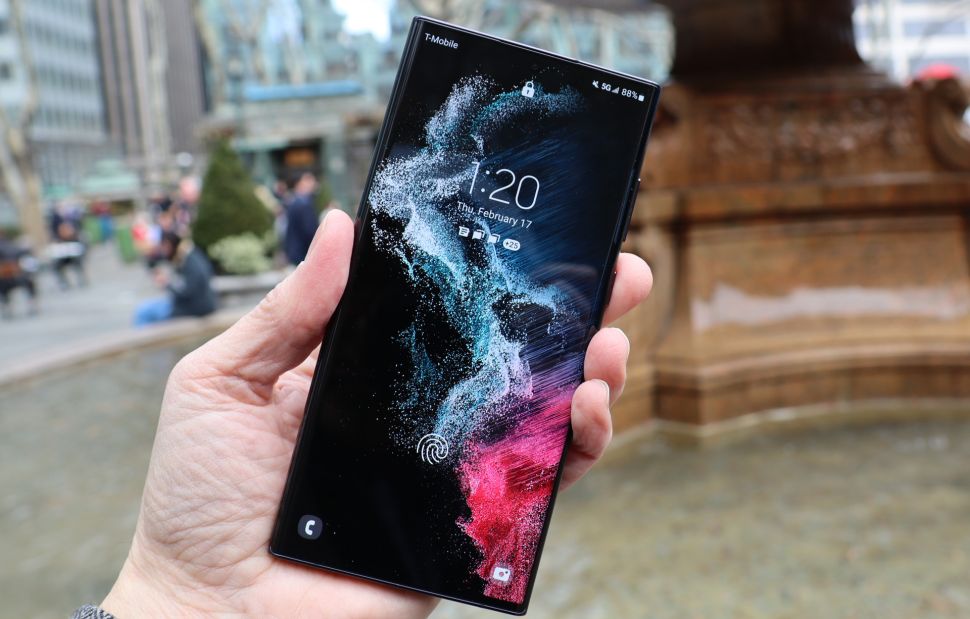
Samsung Galaxy S22 Ultra’s AMOLED screen measures 6.8-inches diagonally. (Image credit: Future)
An inarguably beautiful device, the 6.8-inch Samsung Galaxy S22 Ultra – owing to its Note roots – doesn’t look much like the Galaxy S22 Plus. It starts from the original Galaxy Note 10 design but takes it forward with even more premium materials.
The frame is a solid Armor Aluminum that rigidly resists bends. Polished on the outside to a near-chrome finish, the metal is sandwiched between two Corning Gorilla Glass Victus+ plates. The front glass is high-gloss, and the back is a warm satin finish; both do a decent job of repelling fingerprints. The phone’s IP68-rated body also handily resided the water we ran over it.
The above finishes come in seven color options: Phantom Black, Phantom White, Burgundy, Green, Graphite, Sky Blue and Red. The dark green is sexy, but we’ve fallen in love with the inky Phantom Black of our test device.
(Image credit: Future)
Did we mention that this is a big phone? Its dimensions are 163.3 x 77.9 x 8.9mm, which is taller than a 6.7-inch Apple iPhone 13 Pro Max, but, somewhat surprisingly, at 229g, lighter than Apple’s biggest handset. Small hands will struggle with the Samsung Galaxy S22 Ultra. The curved edges make the Galaxy S22 Ultra comfortable to hold, but the lack of edges also makes it feel slippery as a fish – albeit a fish made of hard glass and metal.
There are two flat surfaces, on the top and bottom of the device. The top plane is a mostly unbroken slab of metal, with one tiny drill-through hole for a microphone. The bottom surface houses the SIM slot, USB-C charging port (the phone ships with a USB-C cable but no charging brick- BYOB is a thing now), speaker grille, and the S Pen.
If you’re in any doubt that this is a Note in S Series clothing, you need only to press that slight bump on the base and pop out the familiar and light S Pen. It’s all the things a Samsung S Pen should be, giving up nothing for its new Galaxy S22 Ultra home. More on the stylus later.
The 6.8-inch AMOLED screen is another highlight. It supports up to 3088 x 1440 pixels (WQHD+) resolution, which works out to 500 ppi. The iPhone 13 Pro Max, by contrast, has 458ppi on its 6.7-inch 2778 x 1284 screen. It’s worth noting that the S22 Ultra’s default resolution is 2316 x 1080 (FHD+), which Samsung says uses somewhat less battery life – although halfway through our testing we switched to WQHD+ and didn’t notice much, if any, battery performance loss.
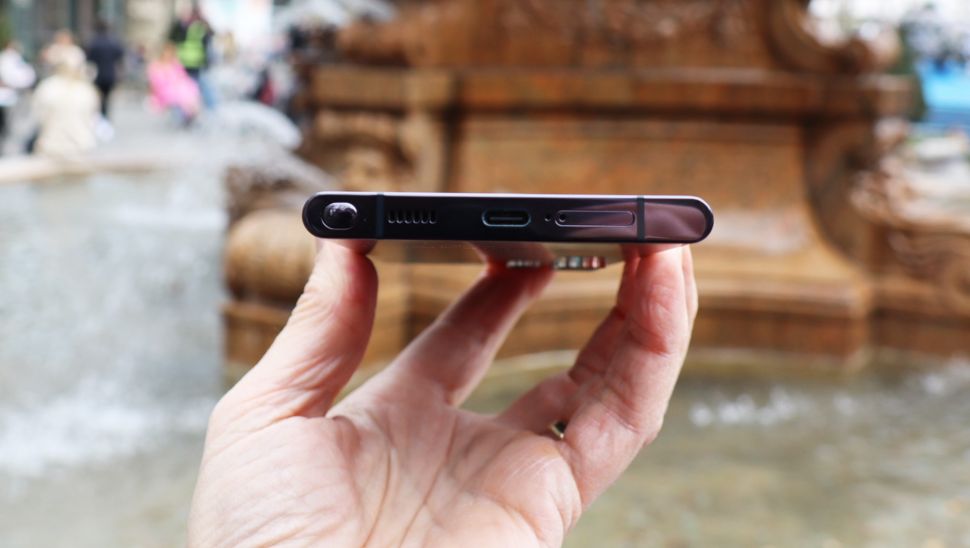
(Image credit: Future)
Everything from games and videos to apps looks fantastic on the display, which now has the ability to smoothly shift from a 1Hz refresh rate all the way up to a butter-smooth 120Hz. Such adaptive technology can be hard to notice because, for instance, 1Hz might be used for the home screen or a word processor, while 120Hz might be called on for gaming.
The point is, when the imagery should be clean and smooth, it is. The lower refresh rates primarily help to conserve battery – there’s no need to update the screen more than a hundred times per second if nothing is moving.
With a peak brightness of 1750 nits and Samsung’s new Vision Booster technology, the screen does a decent job of maintaining visibility even in direct sunlight. Naturally, though, this means the brightness gets turned up to 100%, which will impact your daily battery life.
Hidden under the screen, roughly a third of the way up from the bottom edge, is the effective ultrasonic fingerprint reader. We found it easy to both register a finger and use it to unlock the phone. The other biometric security option is facial recognition, but Samsung warns that this isn’t as secure as other options, like a PIN or fingerprint.
There’s also a small drill hole through the screen for the 40MP front-facing camera.
Put simply, this is a lovely screen for viewing and writing.
Cameras
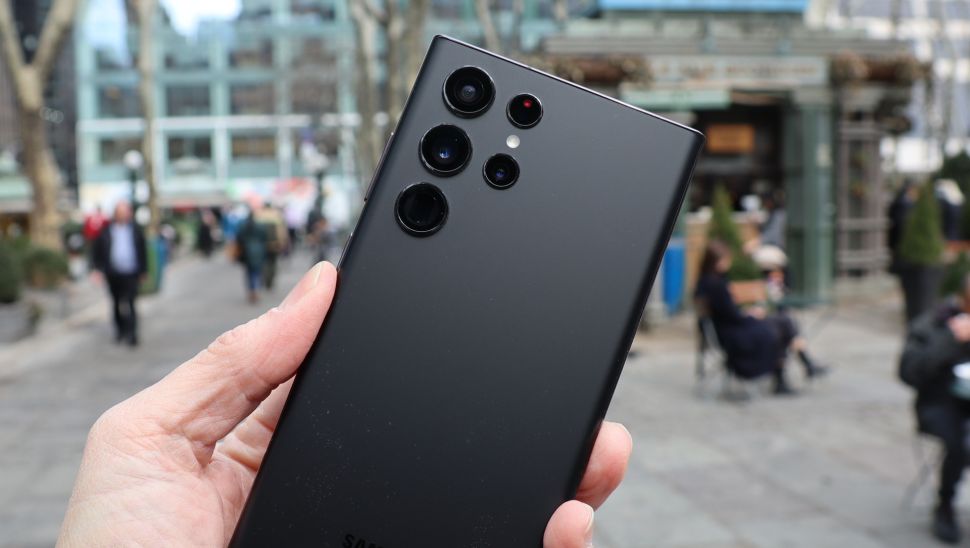
Samsung Galaxy S22 Ultra camera array (Image credit: Future)
When people say, “So, it’s basically a new Samsung Galaxy Note, right?” we have to flip over the phone to show them the camera array, which is a dead ringer for the one on the Samsung Galaxy S21 Ultra.
Don’t worry, though – this is not some Frankenstein’s monster of smartphone design. Because Samsung has done away with the contour box that popped the whole thing up a millimeter or so above the back of the S21, the S22 Ultra’s array of five lenses looks perfectly at home.
The cameras don’t just look similar – they’re almost the same. There are two 10MP telephoto lenses: one is f/2.4 with a 36-degree field of view (FOV) and the other is f/4.9 with an 11-degree FOV. There’s also a 12MP ultrawide with a 120-degree FOV, and then there’s the 108MP main wide camera (f/1.8) with an 85-degree FOV.
However, the technology backing these lenses has gotten an upgrade. While the image sensors haven’t changed since the S21 Ultra, Samsung has done some work on optical image stabilization, digital image stabilization (for a better Super Steady system), and image processing. The result is better performance from all the lenses, but especially in the zoom arena.
The Samsung Galaxy S22 Ultra’s zoom capabilities simply blow away anything we’ve ever seen before from a mobile phone camera. Obviously, the 3x and 10x optical zoom are not only solid but offer clear images of distant objects with enough clarity that you can crop in on details without seeing much pixelation.
The 30x and especially 100x Space Zoom is where, at least in previous iterations of Samsung’s technology, you’d see significant artifacts in your photos.
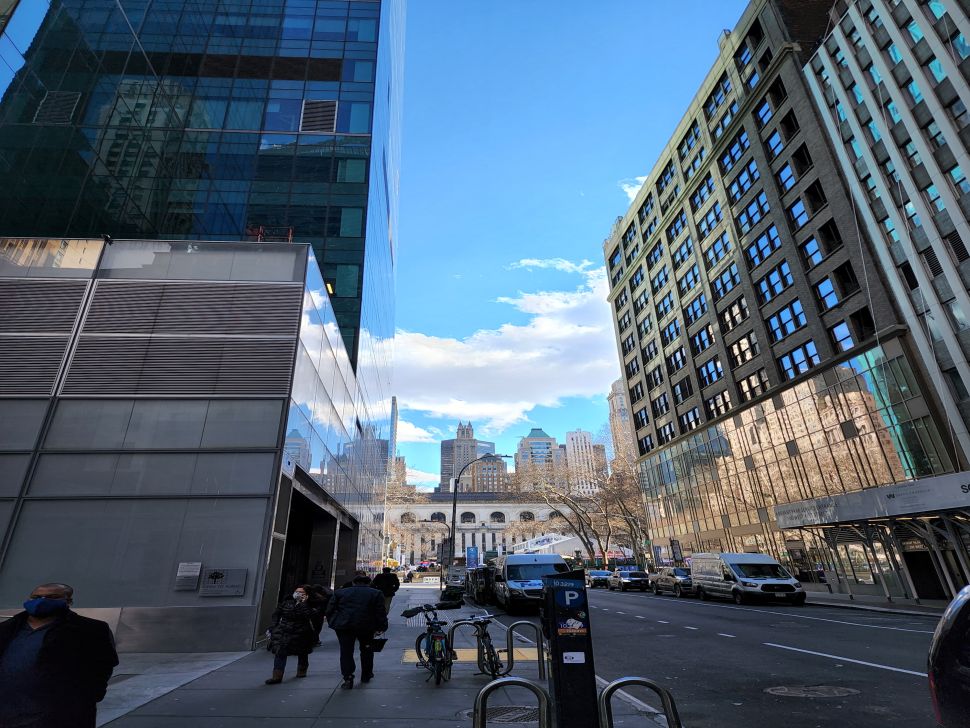
(Image credit: Future)
Now, however, these images are shockingly good, at least at first glance. Sure, you can’t crop in too much without the images breaking down into a Picasso-like mess, but untouched, these can be perfectly shareable images.
Part of this has to do with the stabilization, which at 100x, basically takes control of the lens and holds a subject (like the moon) in the frame. It can feel a little like you’re no longer in control of the lens, but it does do a good job of countering your shaky hands.
Wide and ultrawide images also benefit from some new pixel sorcery. With the Galaxy S22 Ultra, Samsung introduced Adaptive Pixel. This takes nona-binning (first introduced with the S21 Ultra), which takes nine pixels of information and combines them for better color and contrast, and combines it with the full resolution of the 108MP wide-angle original. That lens also gets an auto-focus assist from what looks like a fifth lens on the back of the phone – it’s actually a Laser Auto Focus sensor. If you look closely, you can see the little red laser light peeking out from behind the glass.
Virtually every image we shot looked great, even if we did detect a hint of over-saturation (it wouldn’t be Samsung if they didn’t over-saturate the image).
The front-facing camera, meanwhile, uses tetra-binning to combine four pixels into one for a high-quality 10MP image.

(Image credit: Future)
Samsung’s lenses, stabilization, image sensors, and algorithms also make what the company calls ‘Nightography’ possible. While we don’t like the marketing term, the phone’s night-time and low-light photographic skills are clear. It can brighten a night sky to near daytime, capture the moon or your face in poor lighting, and has some long-exposure skills too.
The front and rear cameras do a nice job with portrait photography, courtesy of a Portrait mode that’s getting good enough to separate stray hairs from a bokeh background. Samsung told us this is due, in part, to its new depth map technology. The presets, which include the ability to create a virtual backdrop (a chromakey color is used so that you can easily substitute some other background later) are pretty good, as well.
You can also shoot some high-quality 4K video at 60fps, and up to 8K at 24fps. We were pleased with the results.
We were less impressed with the phone’s Portrait Video capabilities, which come nowhere close to the magic of Apple’s iPhone 13 line’s Cinematic mode video (it needs a face in frame to work). The auto-framing capability, which literally zooms the camera in and out to keep people in frame, doesn’t seem all that useful – we suspect it needs more refinement.
One thing we do appreciate about Samsung’s video shooting capabilities is that, unlike an iPhone, it lets you shoot video, hit pause, and continue shooting while keeping the entire shoot in one video file. Apple should add this feature ASAP.
Camera samples
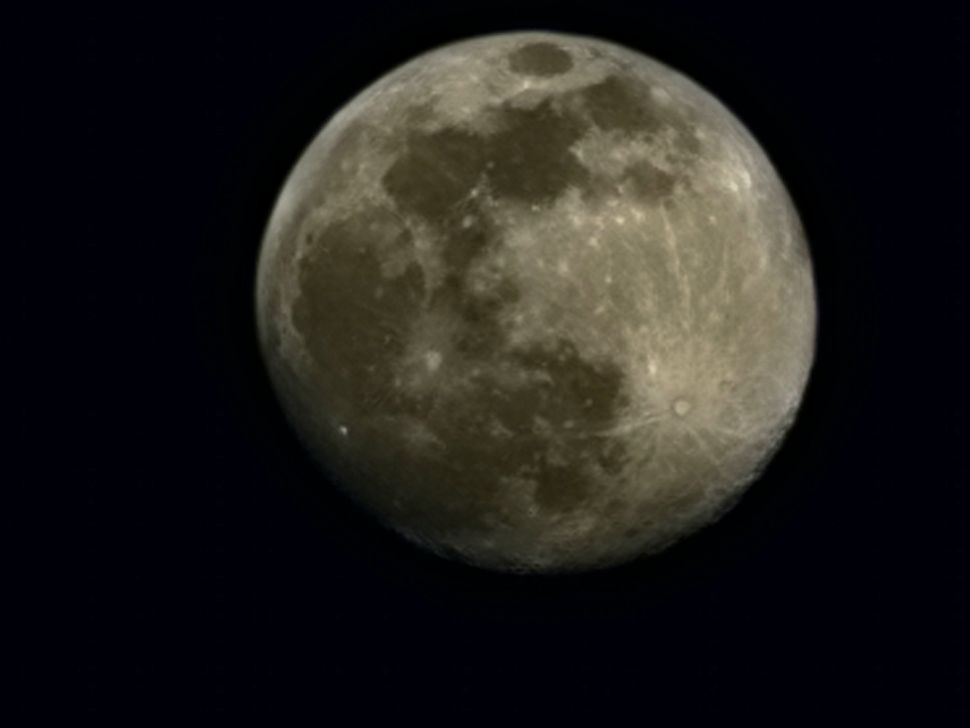
Samsung Galaxy S22 Ultra Space Zoom photo of almost full moon (Image credit: Future)
S Pen
Aside from the awesome cameras, the main reason you’d spend all that extra dough on a Samsung Galaxy S22 Ultra is for the integrated S Pen. The light and versatile stylus is hidden inside the phone’s body; it’s small, thin, and feels so easy to lose that you’ll wish there were magnets in the S Pen and on the body of the S22 Ultra to hold these companions together when you don’t slip the stylus inside the phone.
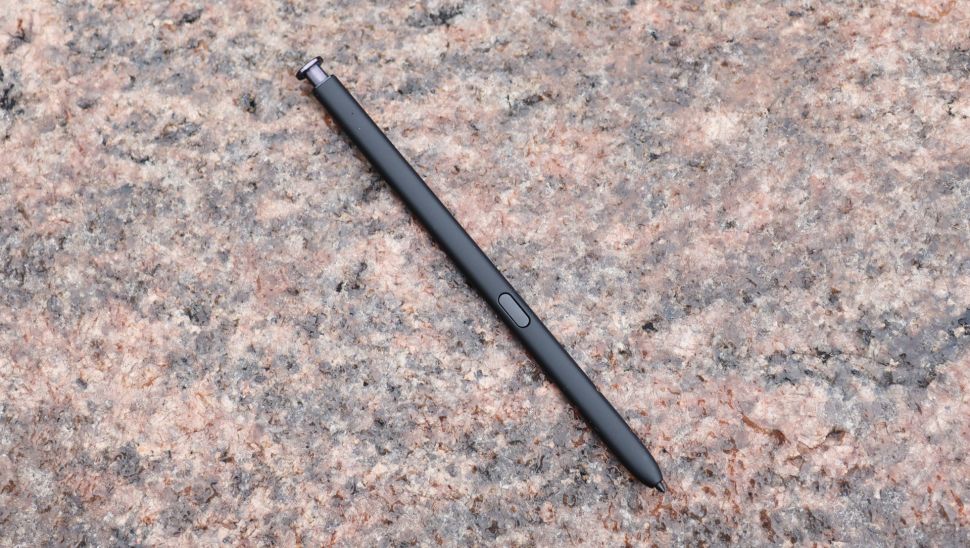
Samsung Galaxy S22 Ultra S Pen (Image credit: Future)
With the S Pen, you can take notes on a lock screen (they’re white ink on a black background), or open the phone and access a slide-in menu of eight customizable options.
These include taking notes, viewing them, making smart selections of anything on the screen, drawing on a screen capture, live messages, doodling in augmented reality, translations, and PenUp, a community space where you can learn how to draw with the S Pen and share your creations with others.
All of these features work as advertised, and offer fast ways of grabbing content, marking it up, and sharing with friends and coworkers.
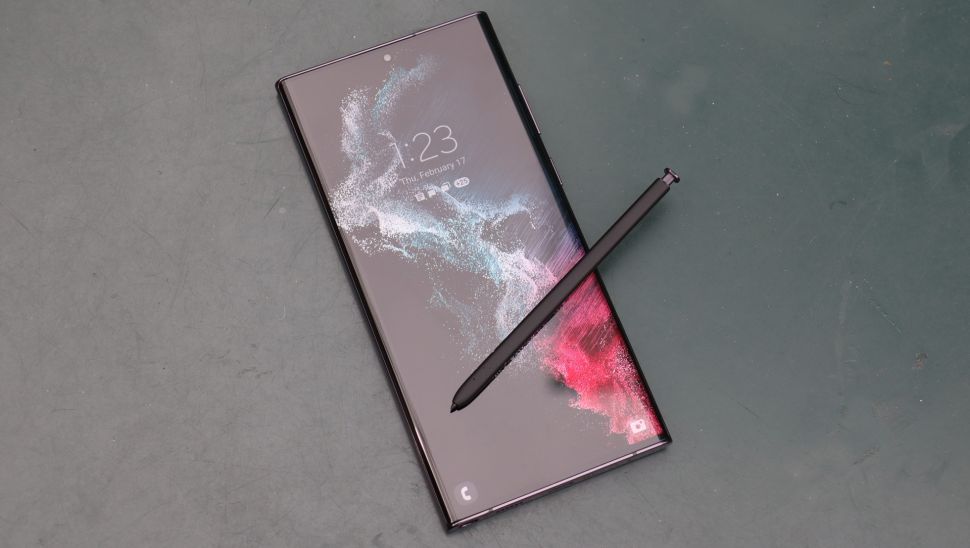
(Image credit: Future)
In our estimation, the S Pen is a wildly useful implement and, despite its small size (small for this reviewer’s hands anyway), it’s an effective drawing implement. We opened Sketchbook and had a great time drawing, especially because the pen and screen recognize pressure and angle.
The S Pen is also a solid productivity tool. We scrawled some notes in Samsung Notes and then let the system convert the scribbles to real text. It didn’t miss a word.
Overall, there’s a lot you can do with the S Pen, but it also follows the 80/20 rule – most of us will use 20% of the features, 80% of the time.
Software
While the Samsung Galaxy S22 Ultra is an Android 12 phone, it’s also running One UI 4.1, the latest version of Samsung’s Android interface software. Like most Android overlays, this one isn’t primarily there to enforce a bespoke design aesthetic on top of pure Android; rather, it duplicates some utilities, like the web browser and photos apps, and adds tons of smart software touches and useful tools, like Samsung’s new Wallet, that should enhance the Android experience
Samsung’s onboard photo and video-editing capabilities, for example, are strong. We especially like the ability to magically remove an object from a photo, which worked like a charm on a photo of a dozen donuts – instead of eating them, we just selected them one by one and removed them from the original image. The software did leave behind a few telltale artifacts, but you’d be hard-pressed to tell what was there before we digitally removed a donut.
There’s also a freely downloadable Expert Raw app, which gives you access to all the pro shooting tools (ISO, white balance, focus, shutter speed) and lets you shoot raw images, which we then edited on the phone in Adobe’s Lightroom app.
It’s not great, however, that there’s both a Messages app and a Samsung Messages app. The icons look similar, but they’re two distinct apps. It’s this kind of nonsense that will always keep the Android messaging system slightly behind iOS’s iMessage. We want one system – the new RCS (Rich Communication Services) is fine – and complete cross-app compatibility.
Samsung has made a lot of noise about Google’s updated Google Duo video conferencing utility, which makes its debut on the S22 Ultra, and it does work as advertised. We made a Duo call to a friend, which looked and sounded good on both sides, and then quite effortlessly shared views of our screen, apps like Twitter, and played a YouTube video that we were both able to enjoy.
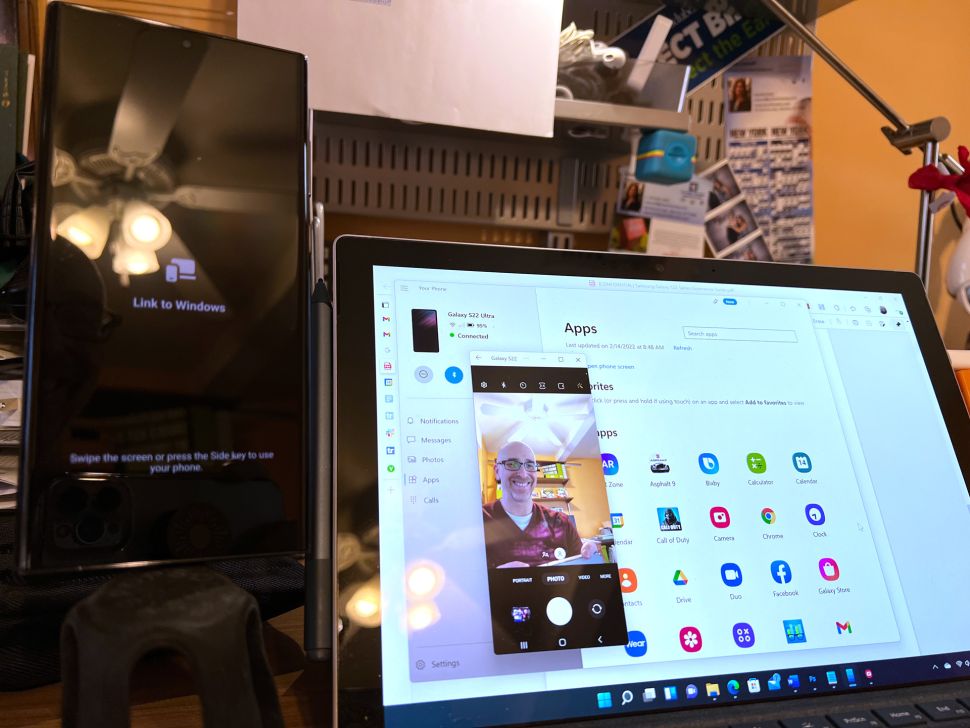
Samsung Galaxy S22 Ultra connecting phone to Windows 11 (Image credit: Future)
Samsung is also strengthening its partnership with Microsoft, and we had no trouble adding our Microsoft account, which includes OneDrive and the Office Suite. It was also easy to connect the Samsung Galaxy S22 Ultra to our Windows 11 PC.
We started the process on the phone, and then we had to visit a URL on the PC (it was supposed to pop up automatically, but didn’t) where we found a QR code. We pointed the S22 Ultra camera at the code, and the phone then guided us through the rest of the set-up process.
With the connection complete, we were able to control our phone through the desktop using our mouse; we even ran Asphalt 9 for a hot second before the connection crashed.
While, in our tests, it wasn’t immediately clear how having these platforms blended in this way benefits the user, we think the ability to quickly access on-phone data, messages, and calls is surely part of the attraction.
Specs and performance
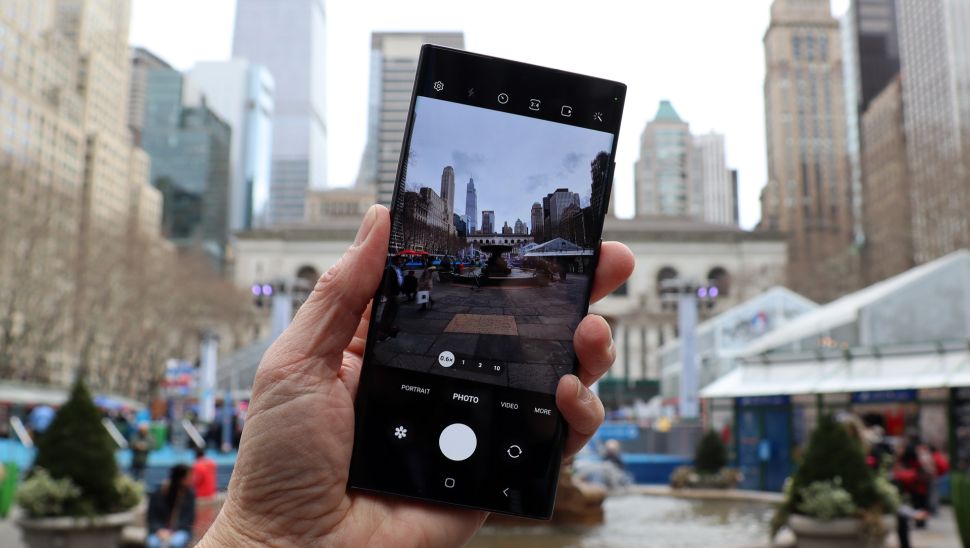
Samsung Galaxy S22 Ultra with camera app open (Image credit: Future)
Over almost a week of intense testing, the Samsung Galaxy S22 Ultra never let us down. It’s a fast and powerful phone. The 4nm processor (in our test phone it’s the Qualcomm Snapdragon 8 Gen 1 chipset – UK or Australia will get Samsung’s own Exynos 2200 chipset.) doesn’t outperform Apple’s A15 Bionic in Geekbench benchmarks, but raw numbers never tell the full story.
For what it’s worth, here are the numbers for our device, which shipped with 12GB of memory and 256GB of storage).
CPU:
Single Core: 1236
Multi-Core: 3417
GPU
OpenCL Score: 5866
Apple’s numbers are better, but the Samsung Galaxy S22 Ultra didn’t feel any slower across all tasks. Perhaps the only situation where we detected a small stutter was on 8K video playback (that’s 8K video that we shot with the very same phone).
This is also a gorgeous and quite powerful gaming phone, and handled my Asphalt 9 race through Barcelona without a single hiccup.
Call quality was generally excellent. We could hear our caller clearly, and they told us we were coming through equally clear. The 5G performance (we were on T-Mobile in the US) was, by turns, excellent and average – it seemed to depend on how close we were to a decent 5G tower.
Battery life
Like the Galaxy S21 Ultra, the S22 Ultra features a beefy 5,000mAh battery and wireless charging. In our tests, the battery was good for a full day of varied activity (roughly from 7am to 11pm) but not much more (this was the same for mid-range and high-resolution screen settings).
We were a little surprised that such a large battery didn’t provide a day and a half of battery life. Perhaps the new 4nm chip isn’t as efficient as Samsung had hoped.
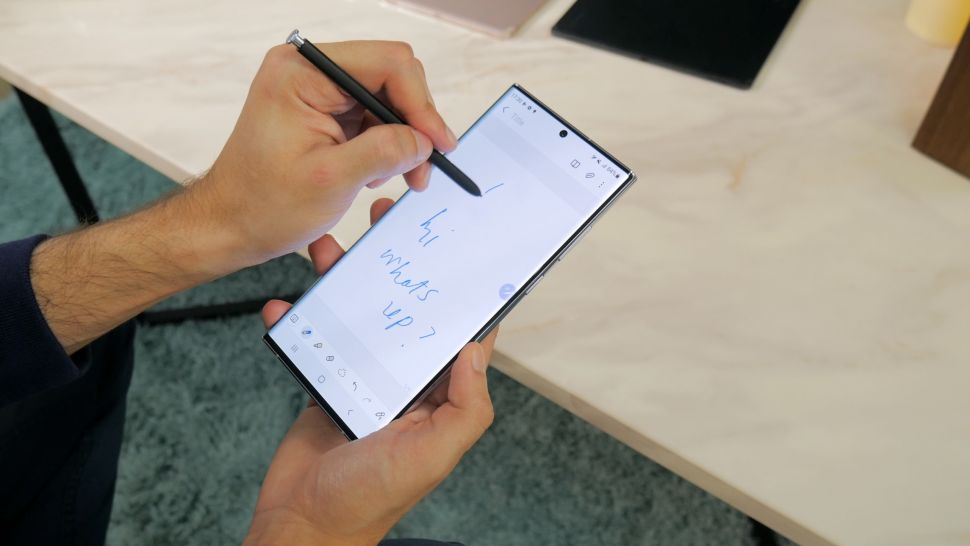
(Image credit: Future)
The phone has a built-in vapor champer and heat-sync material. Even so, we detected some warmth on the back of the phone when performing a variety of tasks, including web browsing, photography, and gaming, for extended periods. We wonder if Samsung might be able to improve battery performance with some software tweaks.
As noted above, the phone doesn’t ship with a charger, just the USB-C cable to connect to one – a potential shock for people upgrading from the previous Note. Also, the in-the-box package no longer includes a set of earbuds, and while this at least makes some sense, as the phone no longer has a 3.5mm headphone jack, you start to feel like Samsung is asking for more money while giving you less.
The Samsung Galaxy S22 Ultra is probably not for everyone. It’s giant, expensive, and might be overkill for people who simply want a nice screen, decent photos, and a good on-screen social media experience. For those who want more, say a phone that is ready to run Raw photo editing apps, mark up screens and images, create detailed works of art and take zoom photos that will make you the envy of all your iPhone-carrying friends, the Samsung Galaxy S22 Ultra is worth every dime.
Should you buy the Samsung Galaxy S22 Ultra?
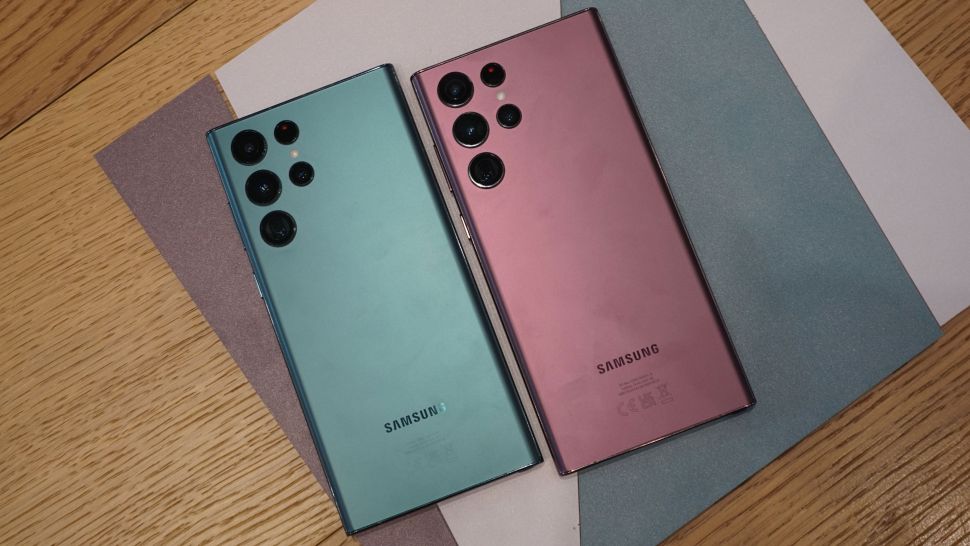
(Image credit: Future)
Buy it if…
Don’t buy if…
Source: Techradar

